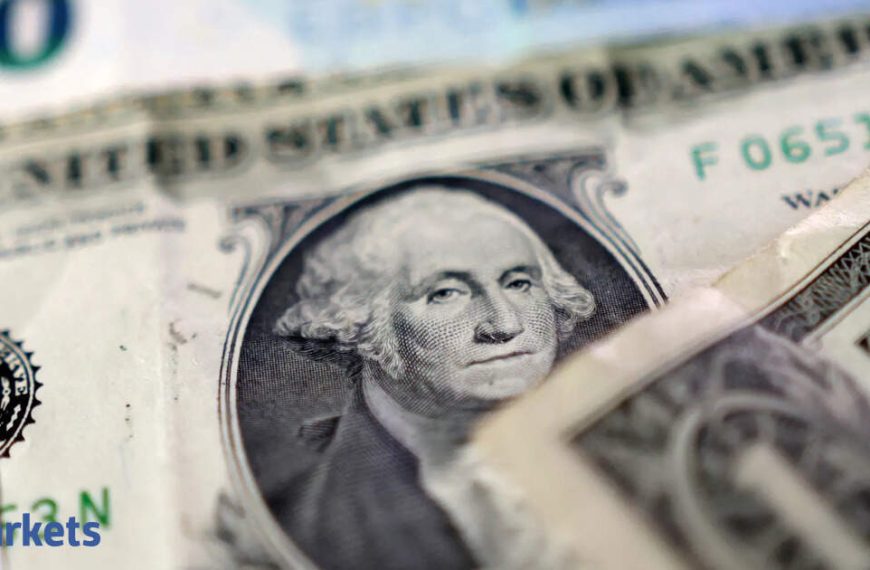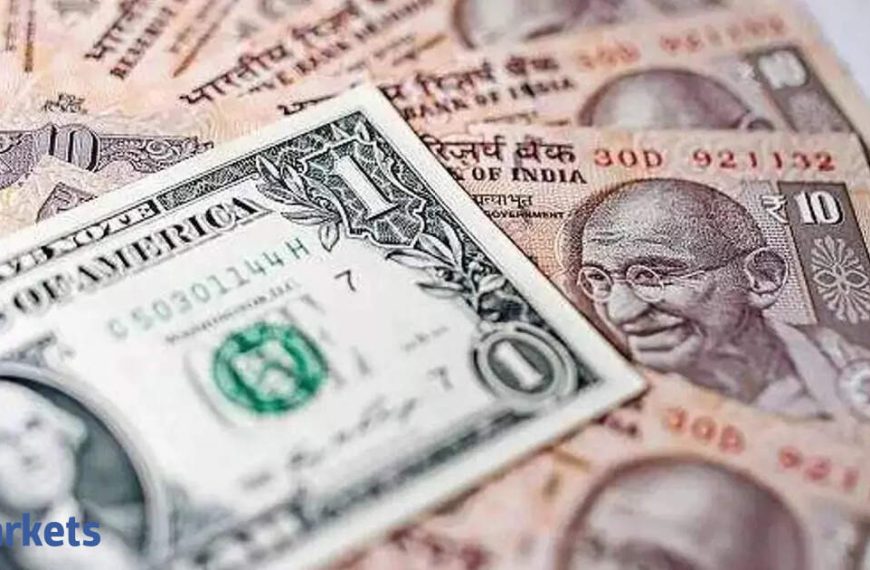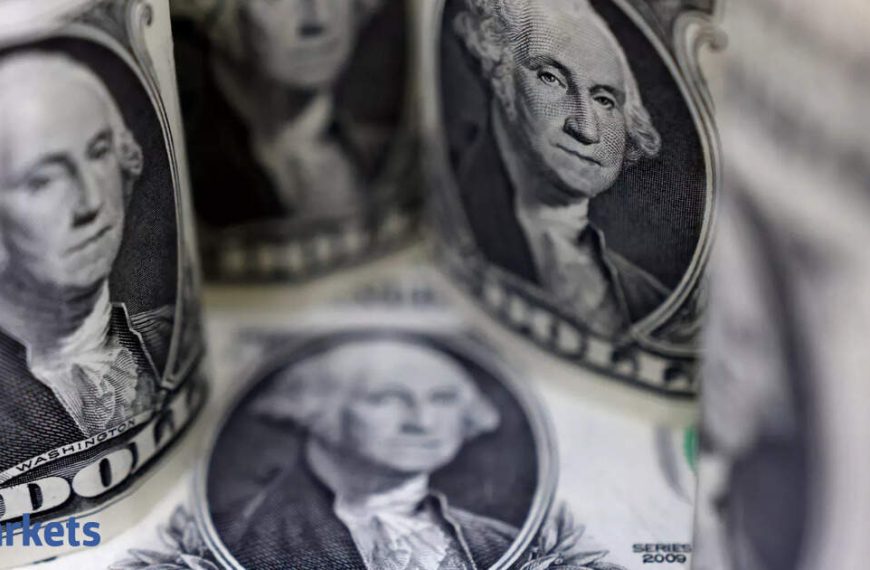The dollar is poised for a noteworthy weekly increase against several major currencies, fueled by positive sentiment from a recent U.S.-UK trade agreement and anticipation surrounding upcoming U.S.-China trade discussions. With the Federal Reserve signaling that it won’t rush into rate cuts, market expectations for imminent reductions have diminished, contributing to the dollar’s strength.
U.S.-UK Trade Deal Sparks Optimism
As the weekend approaches, the spotlight is on significant trade negotiations set to take place in Switzerland, involving Washington and Beijing. In the Asian market, the euro remained stable, hovering at $1.1217, reflecting a 0.6% decline over the week. The Japanese yen faced a setback, dropping approximately 0.7% this week and touching a one-month low of 146.18 per dollar before stabilizing around 145.78.
- Euro: $1.1217 (down 0.6% this week)
- Yen: 146.18 (one-month low)
- Sterling: $1.3220 (three-week low)
The British pound initially surged following reports of an impending trade deal, only to retreat as details revealed the agreement was limited. The arrangement primarily increases agricultural access and reduces U.S. tariffs on British car exports, yet maintains a 10% baseline tariff.
Market Reactions and Currency Fluctuations
According to Steve Englander, head of G10 currency research at Standard Chartered, the market’s inclination to buy the dollar indicates a growing optimism regarding feasible tariff agreements. He noted, “The prospects of a trade thaw with China could alleviate fears of significant global disruptions due to trade wars.”
In terms of cryptocurrency, Bitcoin has recently surged past $100,000, signaling renewed risk appetite among investors in speculative markets. President Trump expressed expectations for productive U.S.-China negotiations this weekend, hinting that the 145% tariffs on Chinese goods might be reduced. Reports suggest that the administration is contemplating a plan to slash tariffs on Chinese imports by over half, although the White House has dismissed this as speculation.
Performance of Other Currencies
The Australian dollar is set to record its first weekly loss in a month, falling 0.7% to $0.6391, while the New Zealand dollar also declined to $0.5892.
In central banking news, the Bank of England made a rate cut this week, while Sweden, Norway, and the United States maintained their current rates. Comments from Fed Chair Jerome Powell reflecting heightened uncertainty have led to a reduction in market expectations for rate cuts, with the likelihood of a June cut dropping from 55% to 17%.
In contrast to its G10 counterparts, the dollar weakened against several Asian currencies this week, influenced by a surprising rise in the Taiwan dollar, which has strengthened over 6% since April. The Singapore dollar is nearing decade-high levels, and the Hong Kong dollar has pulled back after significant interventions from the Hong Kong Monetary Authority.
Overall, the financial landscape is evolving, with traders and investors closely monitoring developments in trade negotiations and central bank policies as they navigate this complex market environment.











